- Bikes
-
Parts
- SUPERIOR PARTS
- OIL SLICK
- Pegs
- Frames
- Forks
- Handlebars
- Stems
- Headsets & more
- Rotor systems
- Brakes & more
- Tires & more
- Wheels & more
- Rims
- Hubs & more
- Drivetrains & more
- Cranks & more
- Grips & more
- Saddles & more
- Fixie Wheelsets
- Helmets / Protection
- T-shirts / Hoodies
- Tools
- Accessories
- MTB parts
- Vouchers
- About Us
- Work Shop
- News
- KHE MAC Team
BMX Hubs – For More Performance and Durability
BMX hubs are one of the most important elements of your bike, ensuring durability and performance. Whether you choose a freestyle hub or a freecoaster hub, the right hub selection has a significant impact on your riding behavior. In our BMX Hubs category, you'll find a wide selection of high-quality front and rear hubs perfectly suited to your riding style and needs.
The right hub ensures precise steering, long-lasting durability, and an optimal riding experience. It affects both the power transfer and handling of your BMX bike, especially during fast maneuvers and tricks.
Important Features of BMX Hubs
- Freewheel: Some hubs come equipped with a freewheel mechanism to optimize pedaling and rear wheel braking. Choose between a freecoaster or a regular freewheel hub based on your riding style.
- Materials: Robust aluminum hubs with steel axles offer an excellent balance between weight and durability.
- Compatibility: Ensure that your hub is compatible with your frame and rims. Our hubs fit most common BMX frames.
- Axles and Cones: The axle is the heart of every hub. It should be properly adjusted to ensure smooth operation. For more information, check our Workshop Video on Axle and Cone Adjustment.
Frequently Asked Questions about BMX Hubs (FAQs)
- What’s the difference between a freecoaster hub and a regular hub?
A freecoaster hub allows you to move the rear wheel backwards without pedaling, which is especially useful for freestyle tricks. - Which hub is best for freestyle?
For freestyle, freecoaster hubs or regular freewheel hubs are recommended, as they offer precise control and more freedom. - How do I adjust the axle and cone on my BMX hub?
Proper axle adjustment ensures smooth operation and prevents the hub from wobbling. In our Workshop Video, you’ll learn how to do it correctly. - How do I maintain my BMX hub?
Regular cleaning and re-greasing the bearings ensures long lifespan and keeps the hub running smoothly.
Conclusion: The Right BMX Hub for Your Perfect Setup
With the right hub, you can significantly improve the handling of your BMX bike. Choose the hub that fits your riding style and experience more control, speed, and stability in every trick and ride.
Discover BMX Hubs Now – for optimal performance and control on every ride.

Google Reviews
137 Reviews

22/09/2023
My son is thrilled with the design of his BMX bike. After I had trouble assembling it (especially the brakes), I contacted KHEbikes. Absolutely fantastic, friendly, and fast service, which solved the problem! I'm truly thrilled and can only recommend KHEbikes! 5 stars ⭐️⭐️⭐️⭐️⭐️

09/01/2025
My previous review was worse. The reason for this is that I've encountered a lot of poor providers in the past, and so I simply share my negative experiences. I was contacted immediately after my first review, which I personally thought was really great. It immediately showed that the customer is their top priority. A big thumbs up for that.

29/12/2024
Great service, fast delivery, no problem exchanging. Top company!

04/09/2024
Great bikes at fair prices and great customer service!

03/08/2024
Very pleasant contact, I'm very impressed with the staff. The purchase process is easy, and the description is accurate. The order arrived very quickly, but unfortunately, there was some shipping damage, but it was replaced without any major problems.

16/02/2024
Very friendly and excellent support. @KHEbikes - thank you very much

21/12/2023
Thanks to excellent advice over the phone, we were able to order the right spare parts for our son's BMX bike. They assured us of prompt shipping, so he was able to happily use his bike again the following week. Many thanks to Mr. Stubenrauch for the great advice!

20/08/2021
Over the years, we've had nothing but positive experiences with their products and service! Unfortunately, no race bikes or parts, which would make the product range perfect. Highly recommended!

07/12/2023
Very friendly contact, excellent advice. Even a question about the assembly of the BMX bike I purchased was answered the same day (Sunday!). That's how you retain customers long-term. I certainly won't have ordered the last bike from you. 😊 Thank you very much.

28/11/2023
Beautiful, robust bikes and absolutely top-notch customer service. Very helpful both by phone and email, and there's a solution for every issue! It's great to still have such great and positive shopping experiences every now and then. Thank you, dear KHEbikes team!

03/01/2025

21/09/2023
Very quick, uncomplicated help. My contact, Mr. Göring, was very nice.

21/09/2023
Fast, competent, and friendly. Best service

16/09/2023
the attention is good even if you have a problem they support you so that everything goes well

18/04/2023
Despite the remote diagnosis, we received excellent advice. After a few emails and photos back and forth, the problem with the bike was identified, and we were able to fix it ourselves. Our son is incredibly happy to be able to ride a BMX again. Now that's what I call customer service! Very friendly, dedicated, and competent!

06/04/2023
Top customer service, super clear homepage :)

27/01/2023
Top-notch advice! Always happy to come back!

13/01/2023
Super fast delivery, great customer service, and very satisfied with the BMX. Thank you very much!

03/01/2023


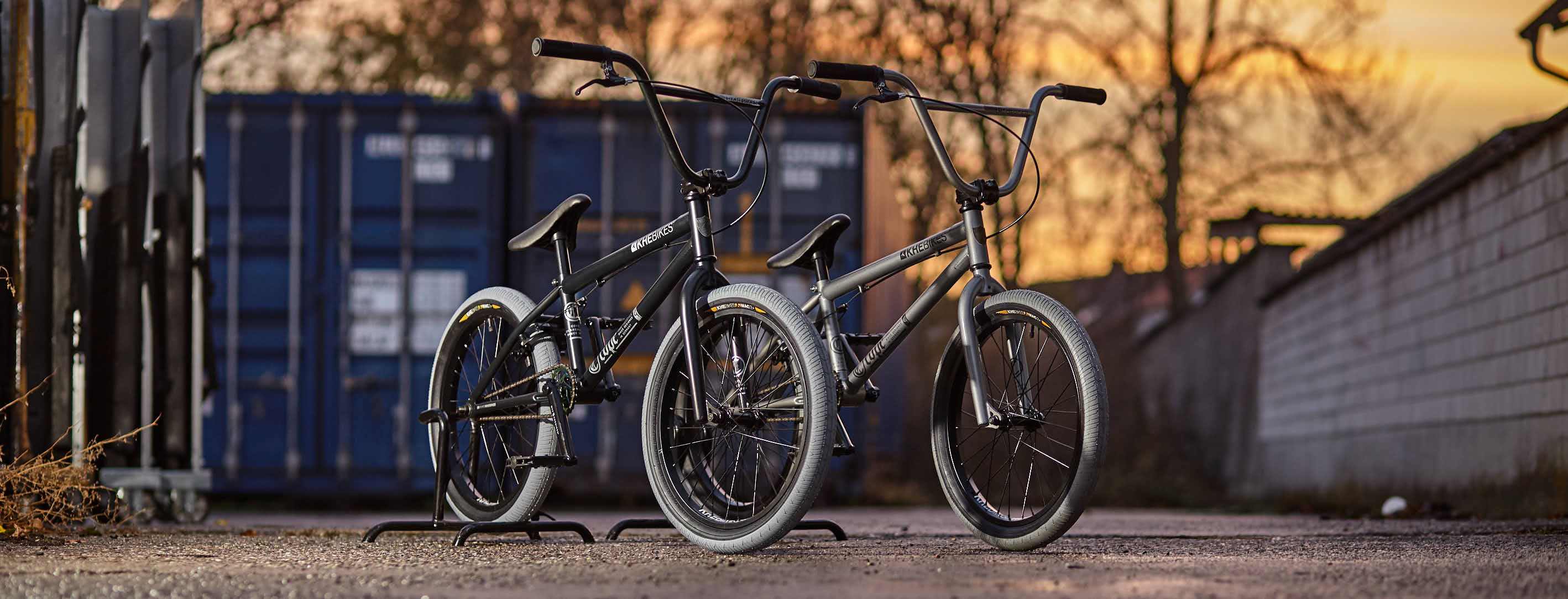
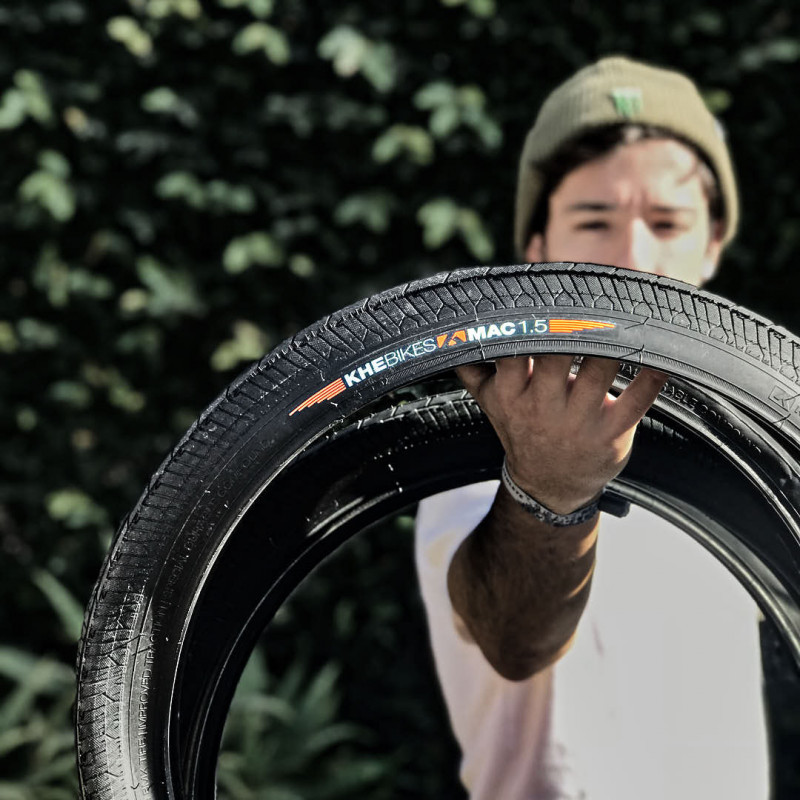

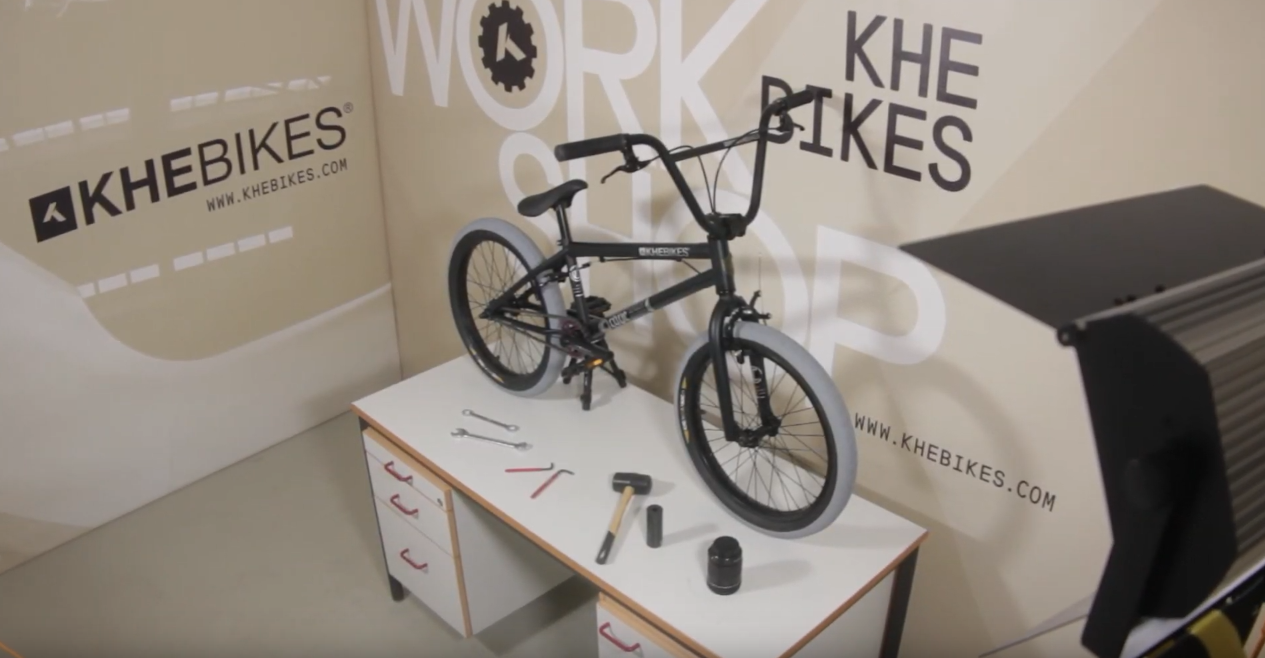


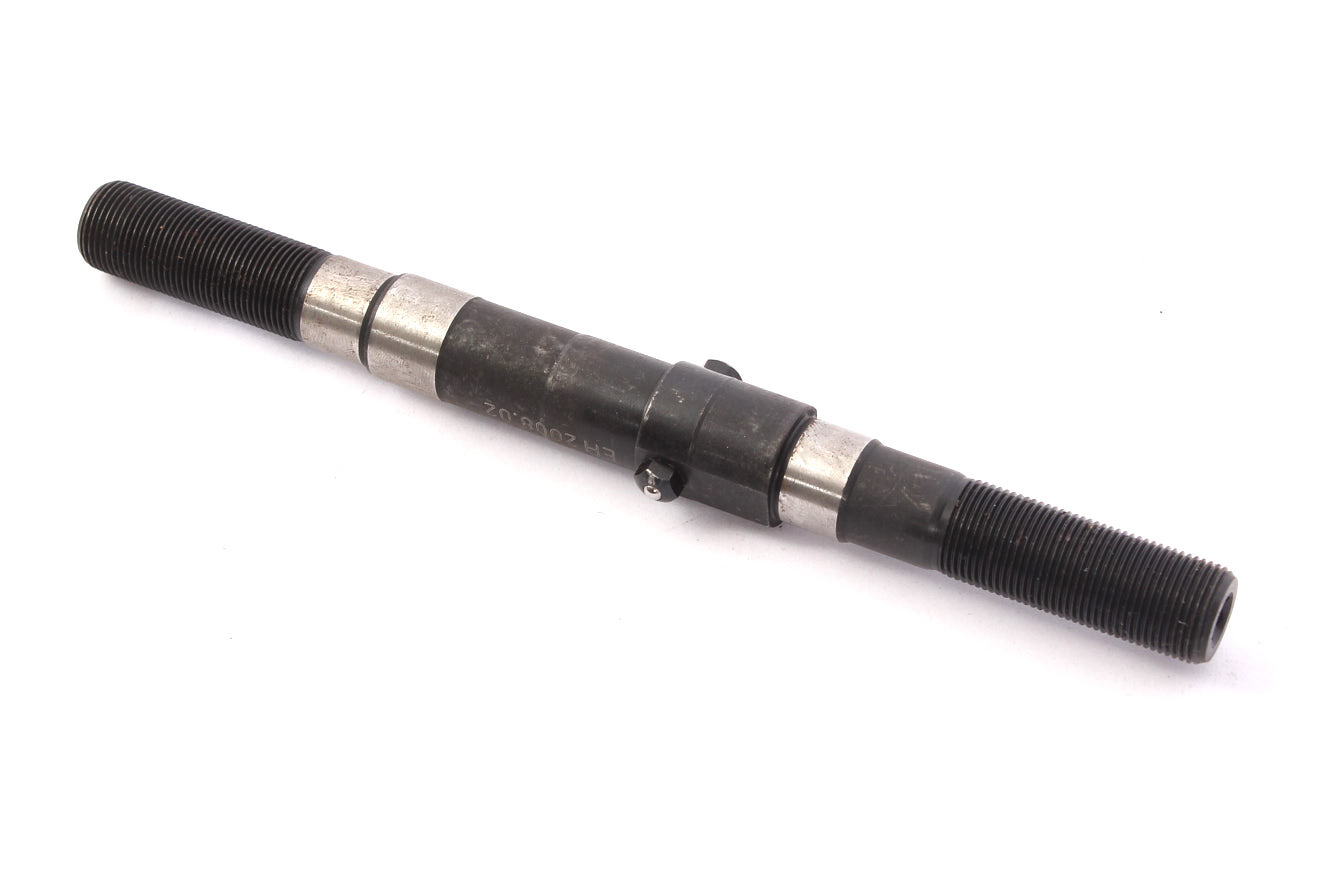
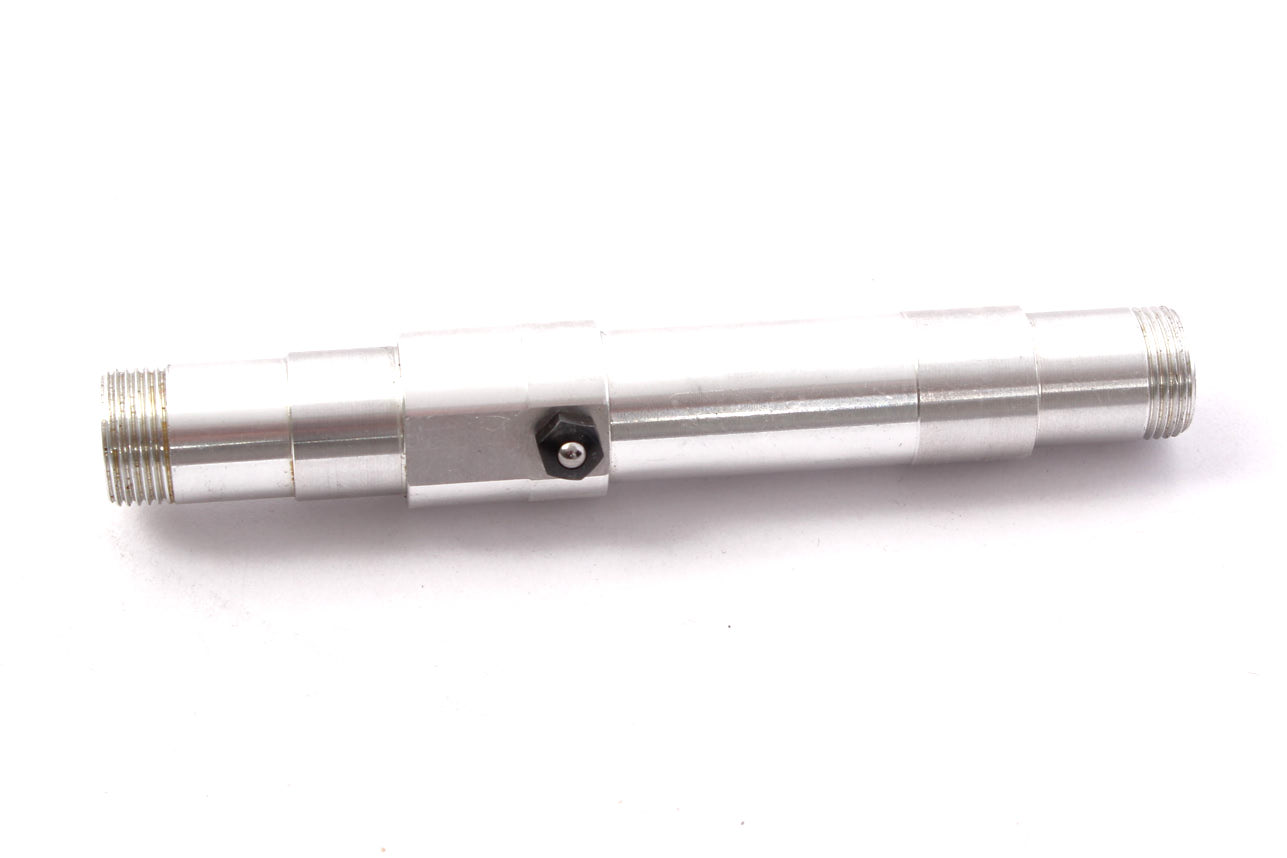
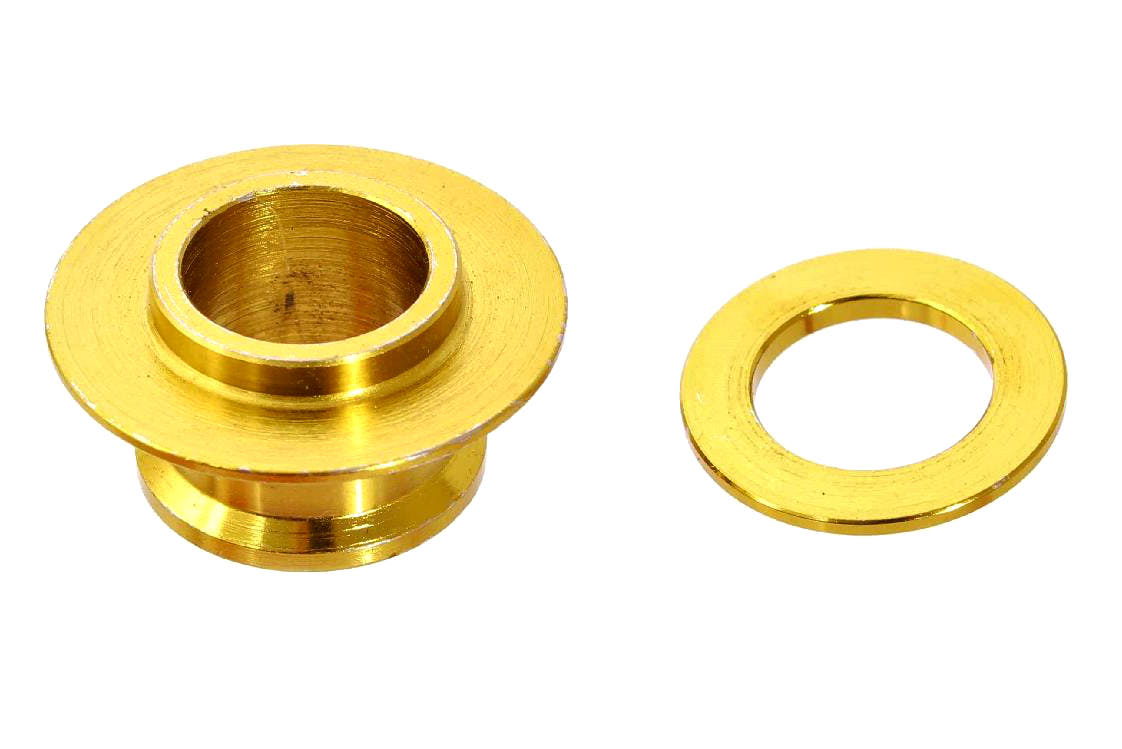

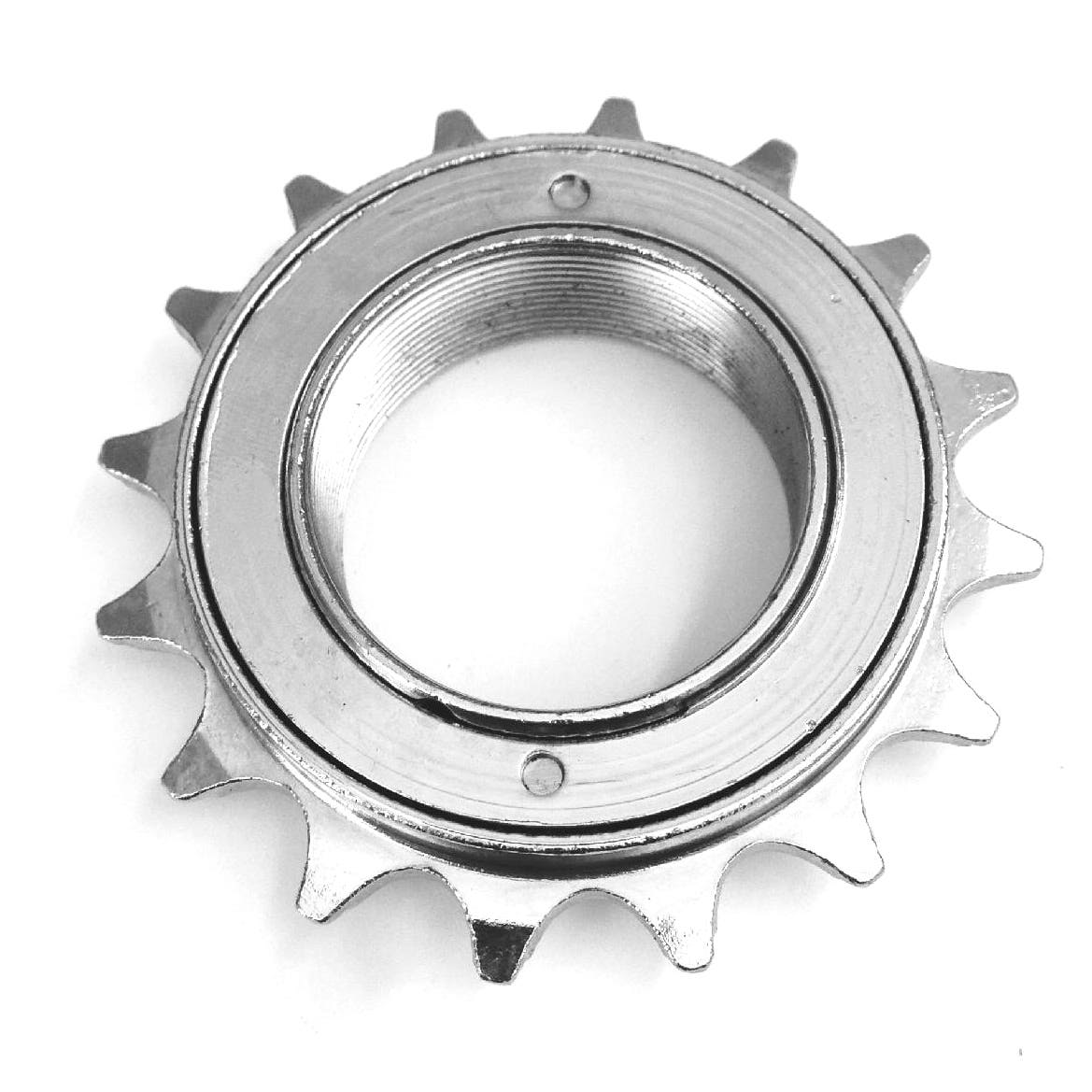

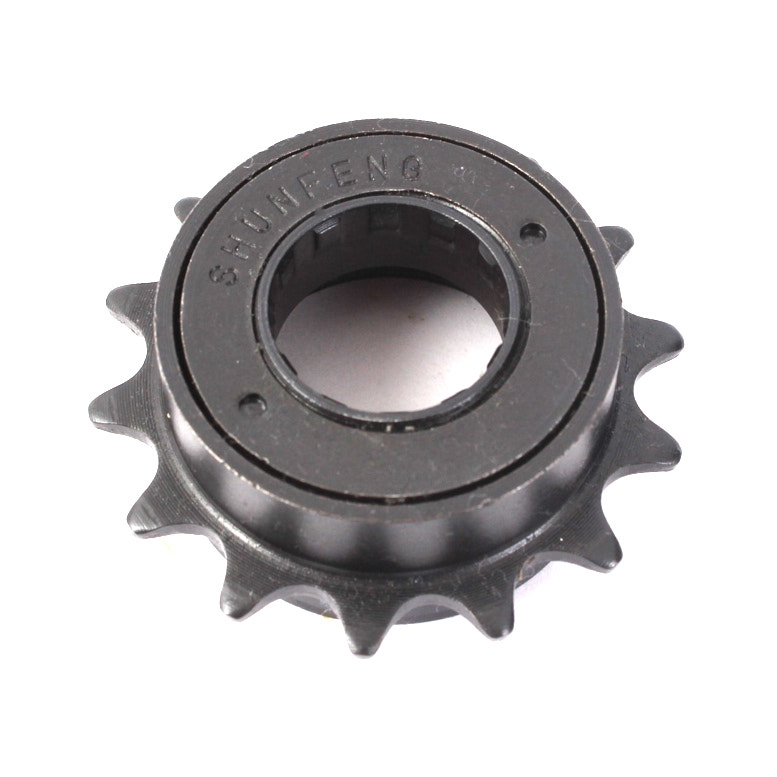
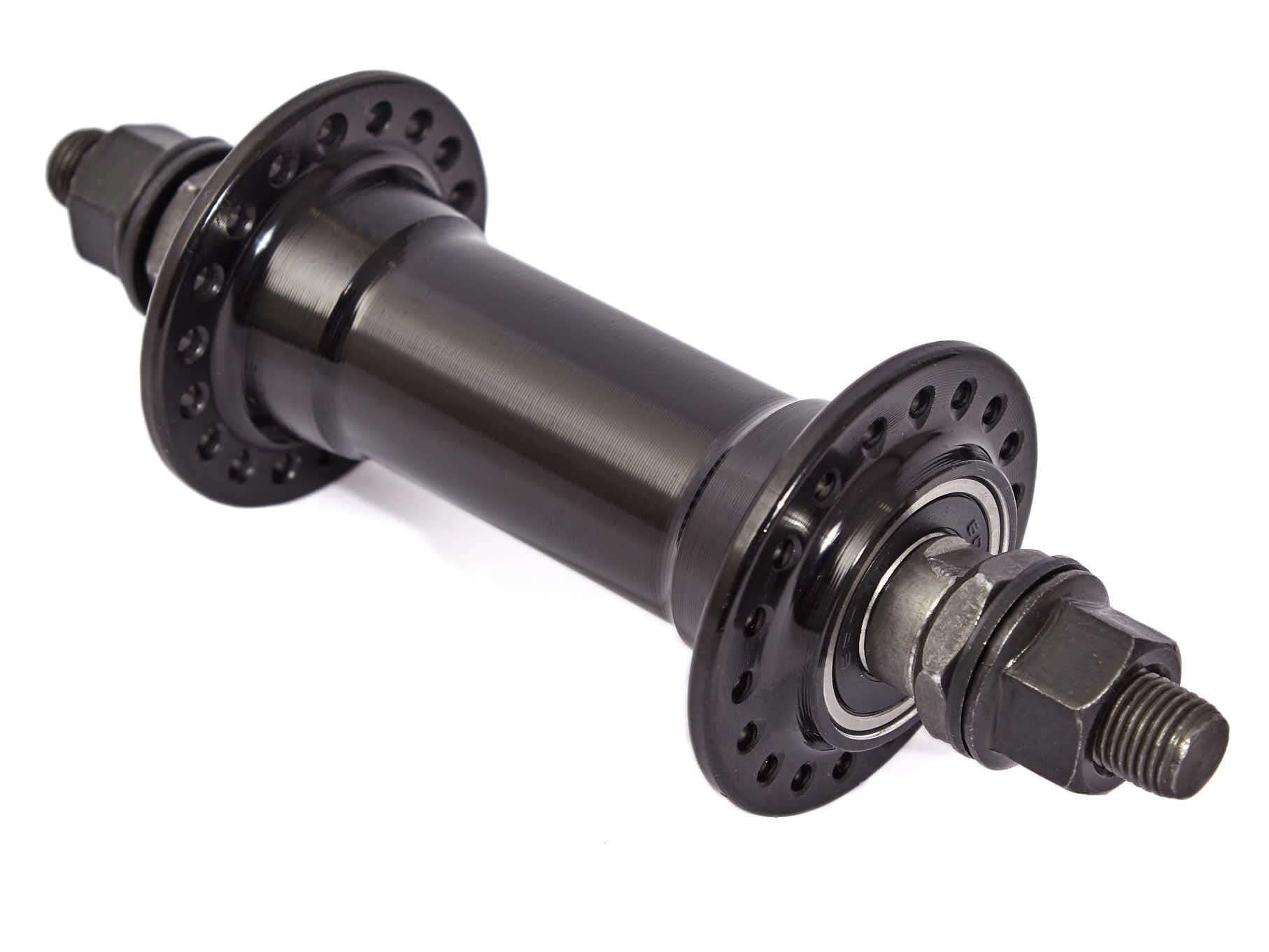
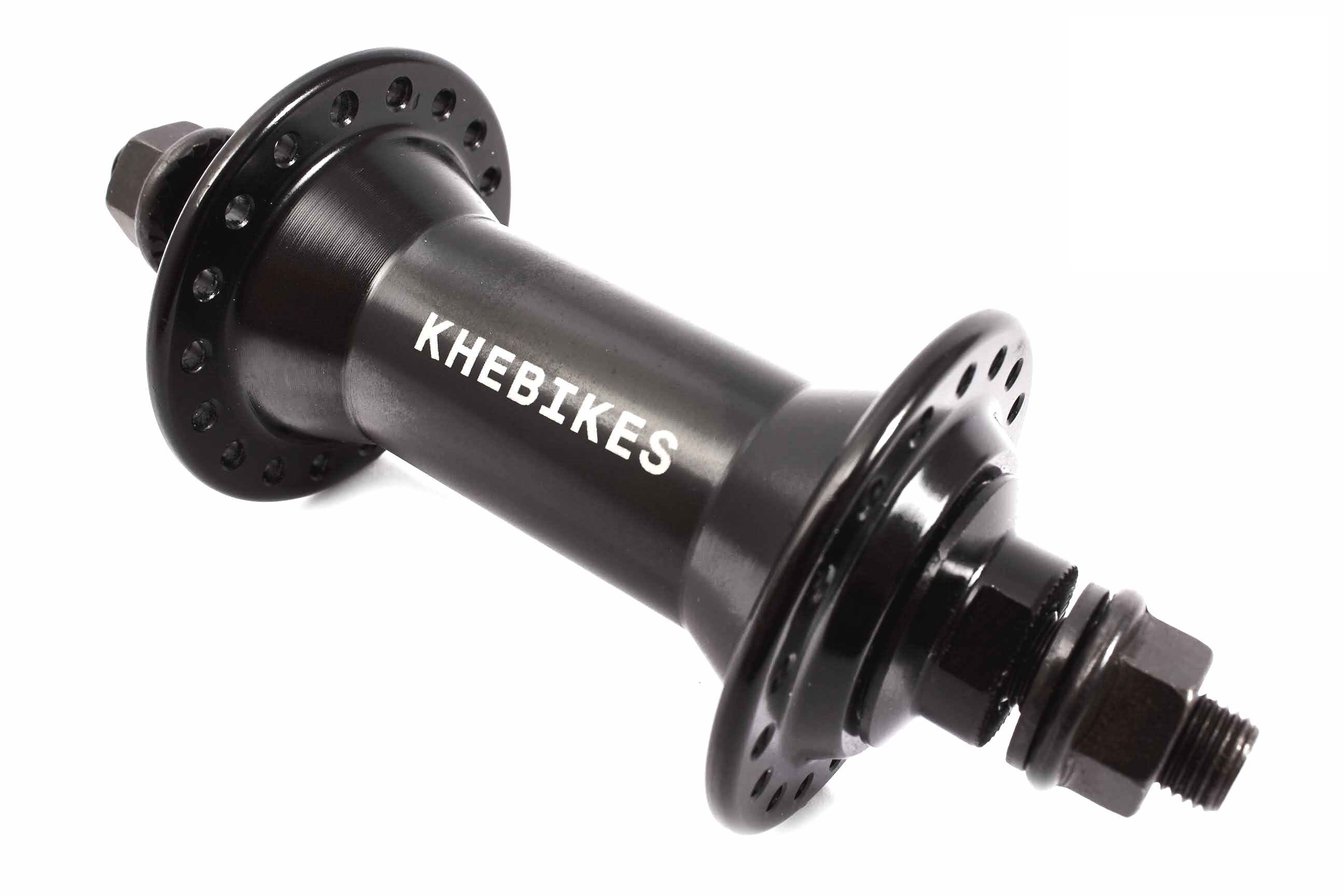
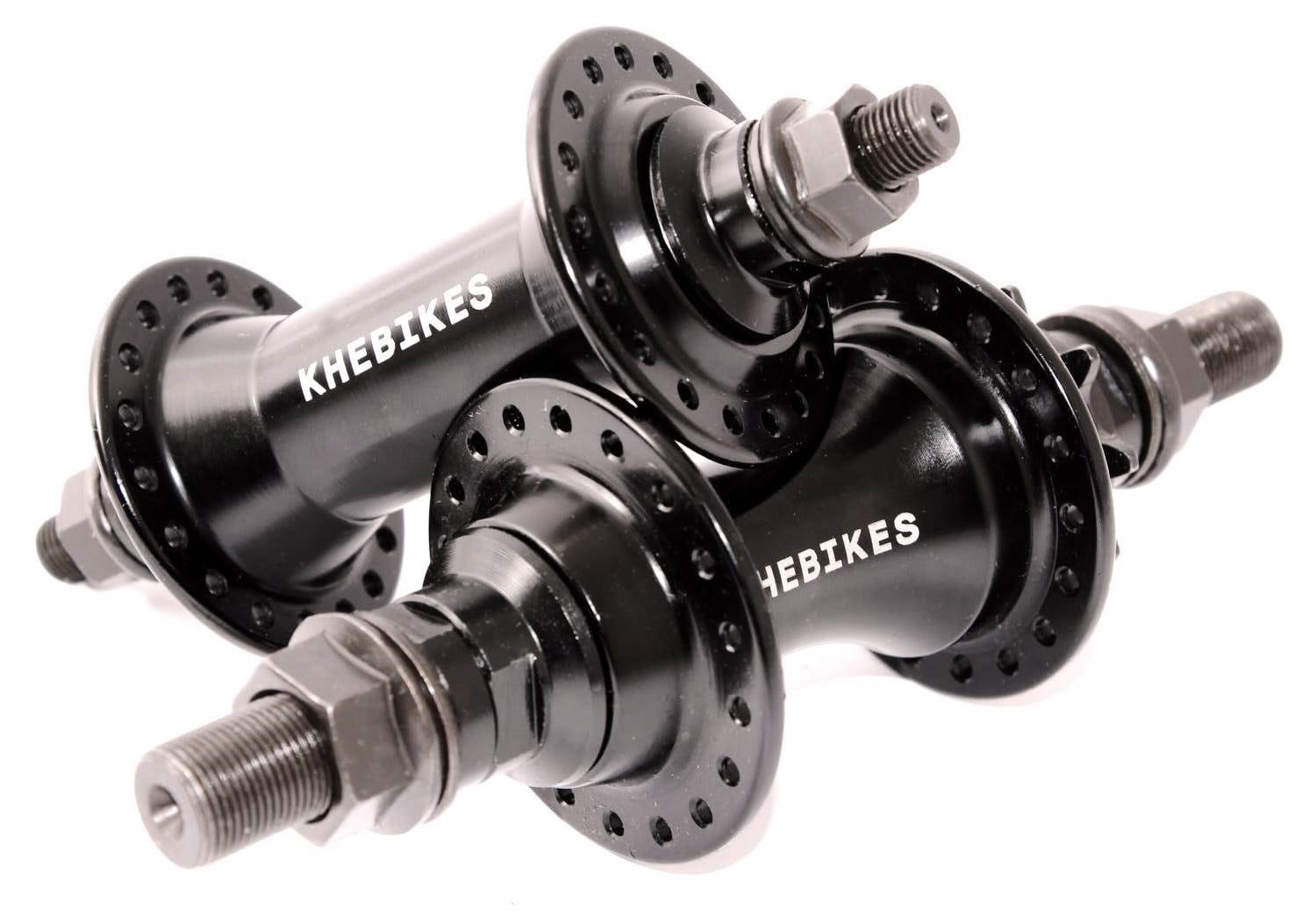
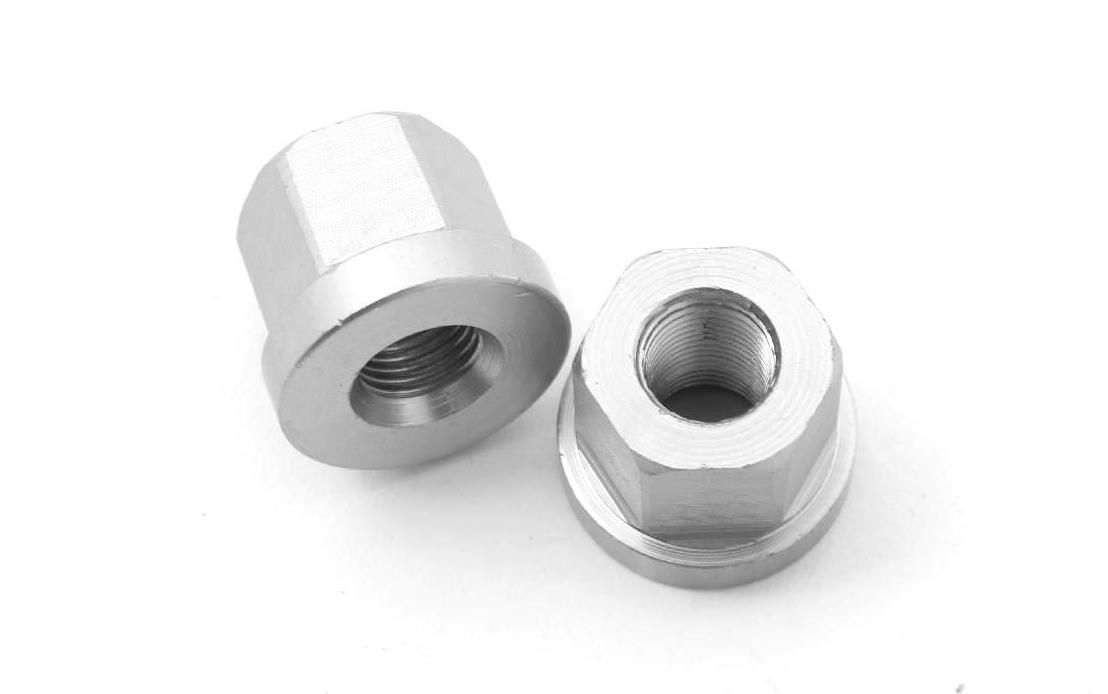
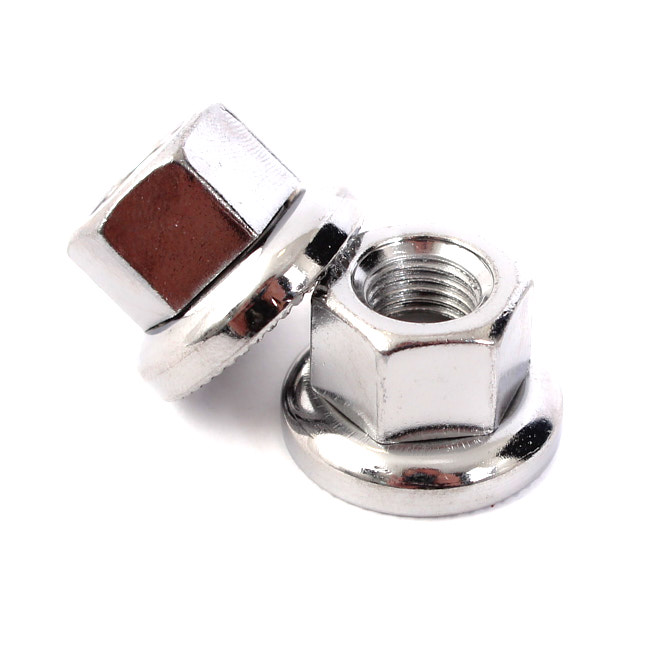
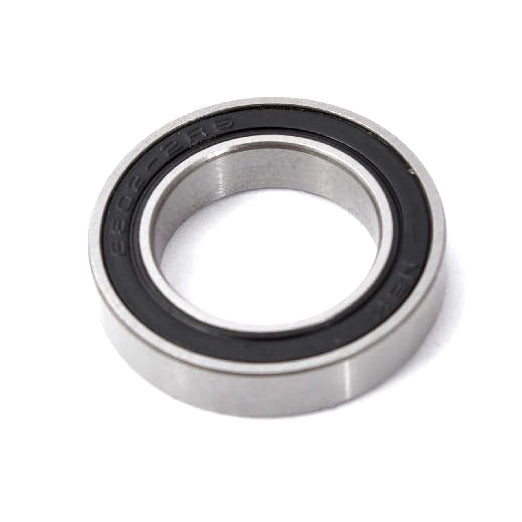


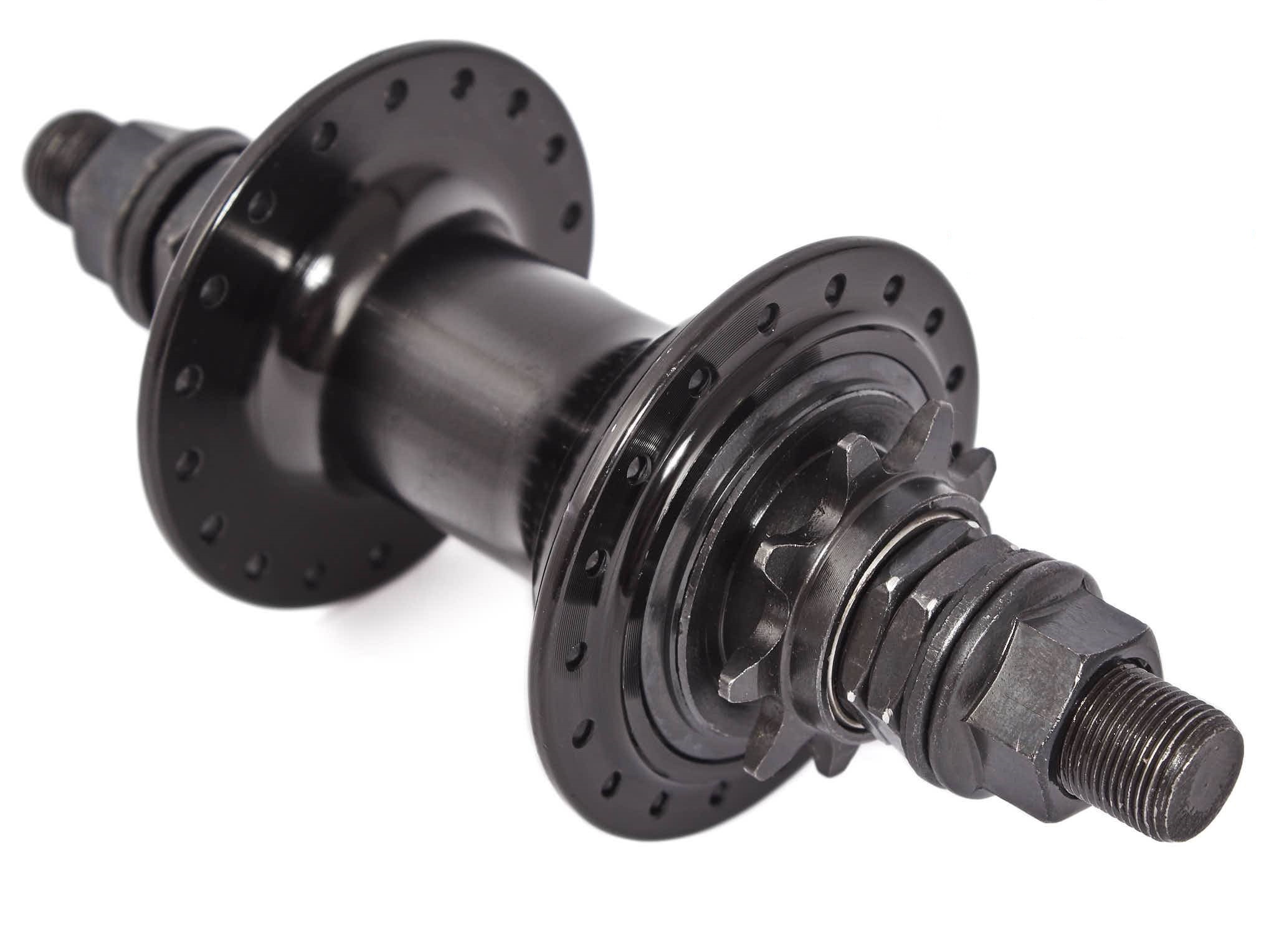
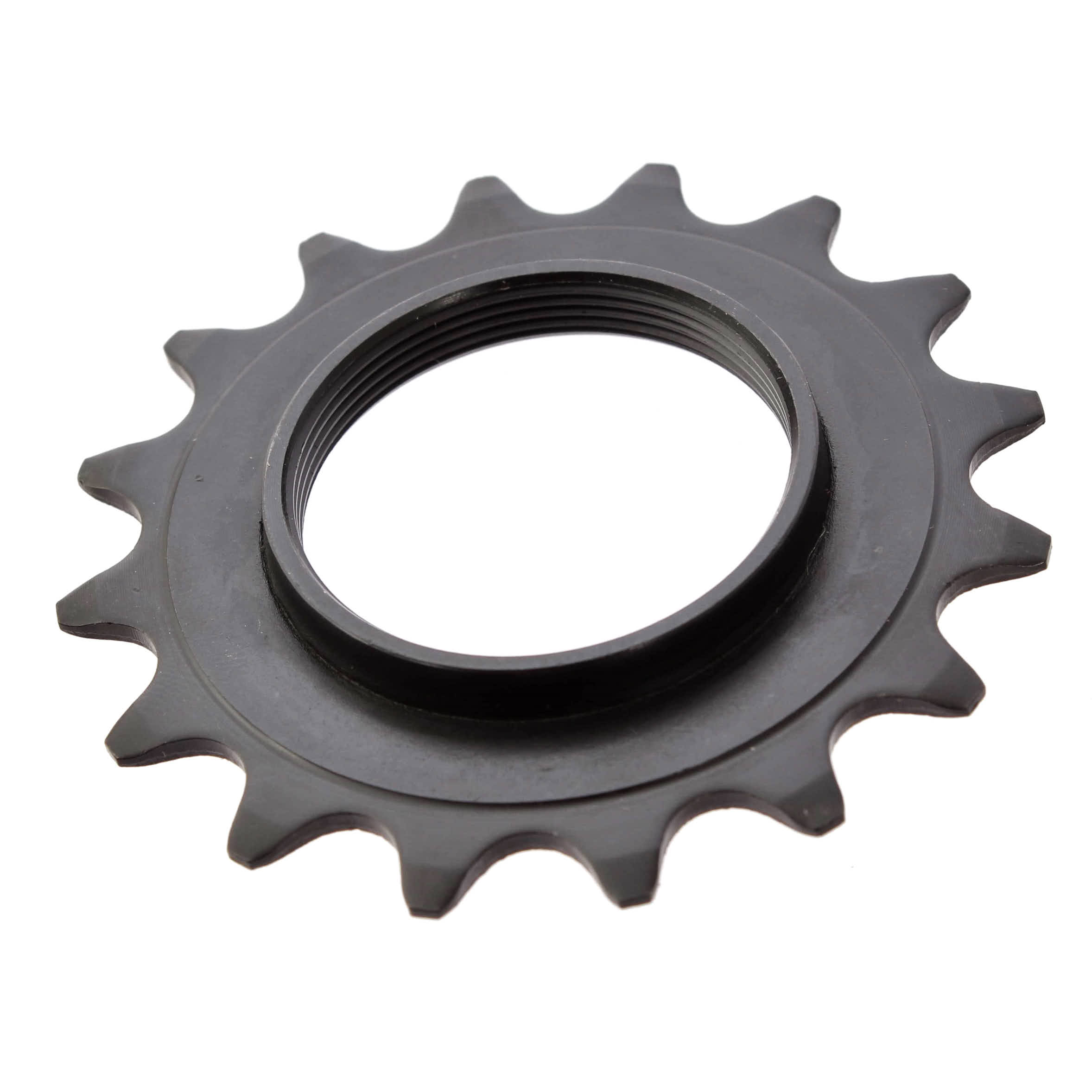
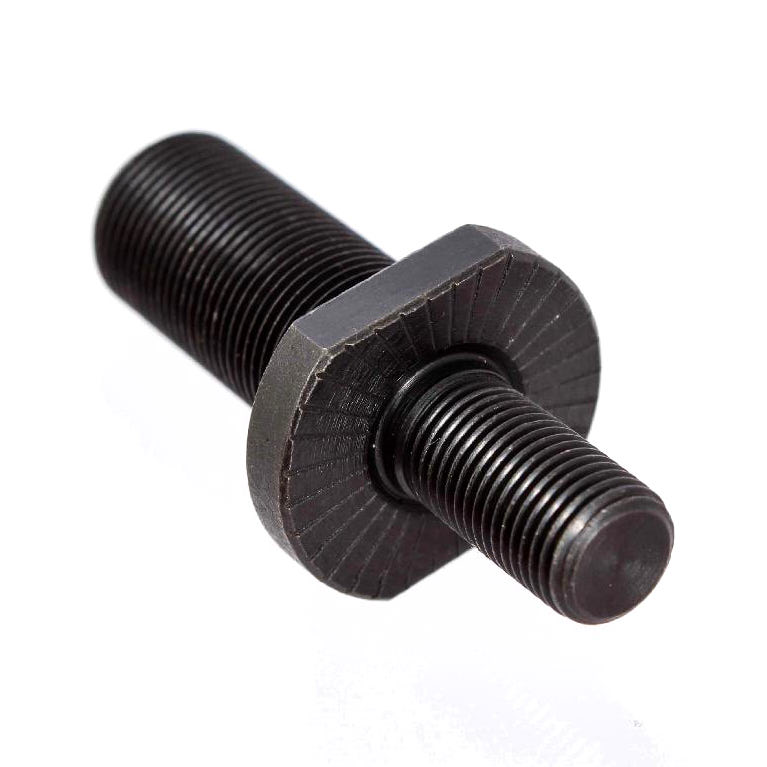
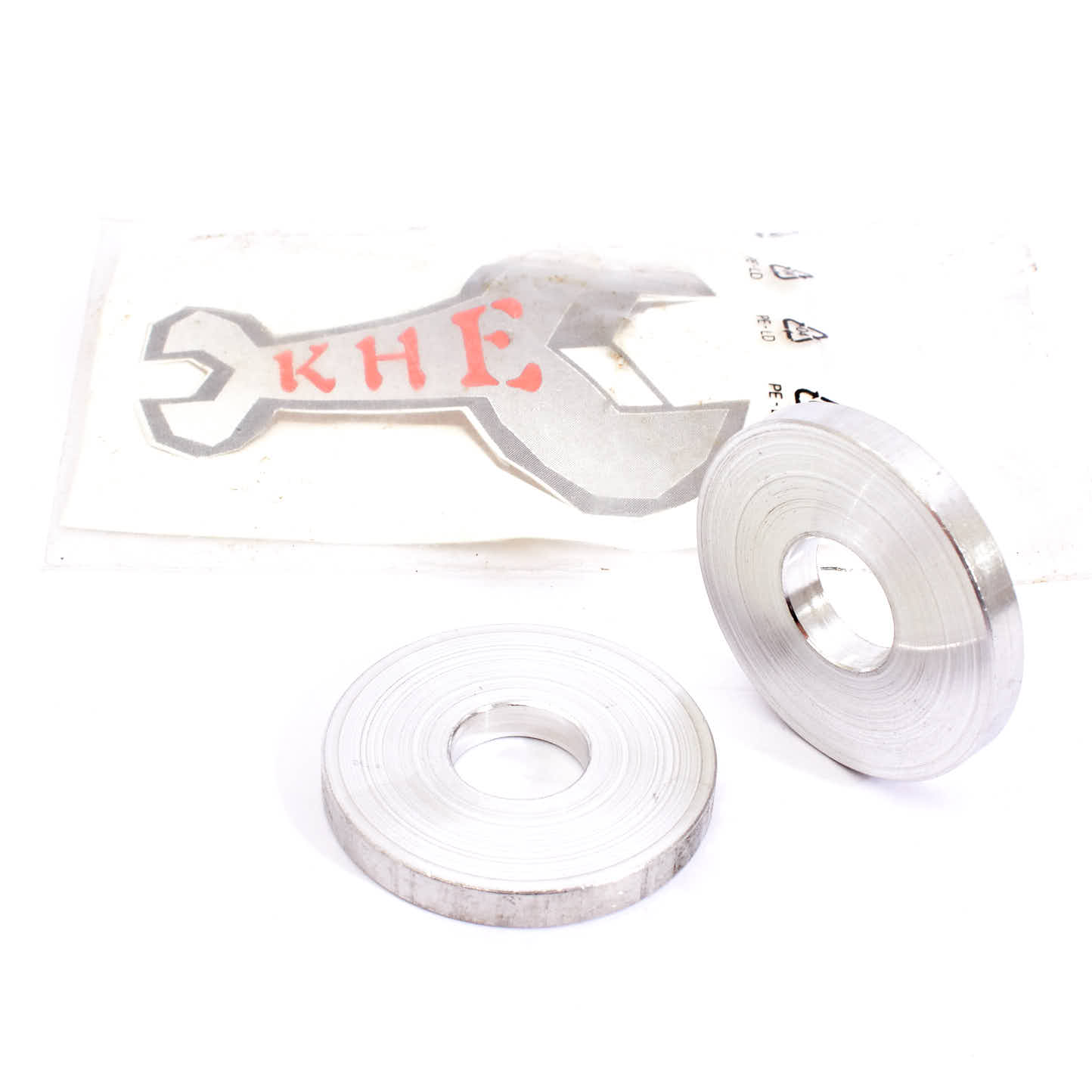
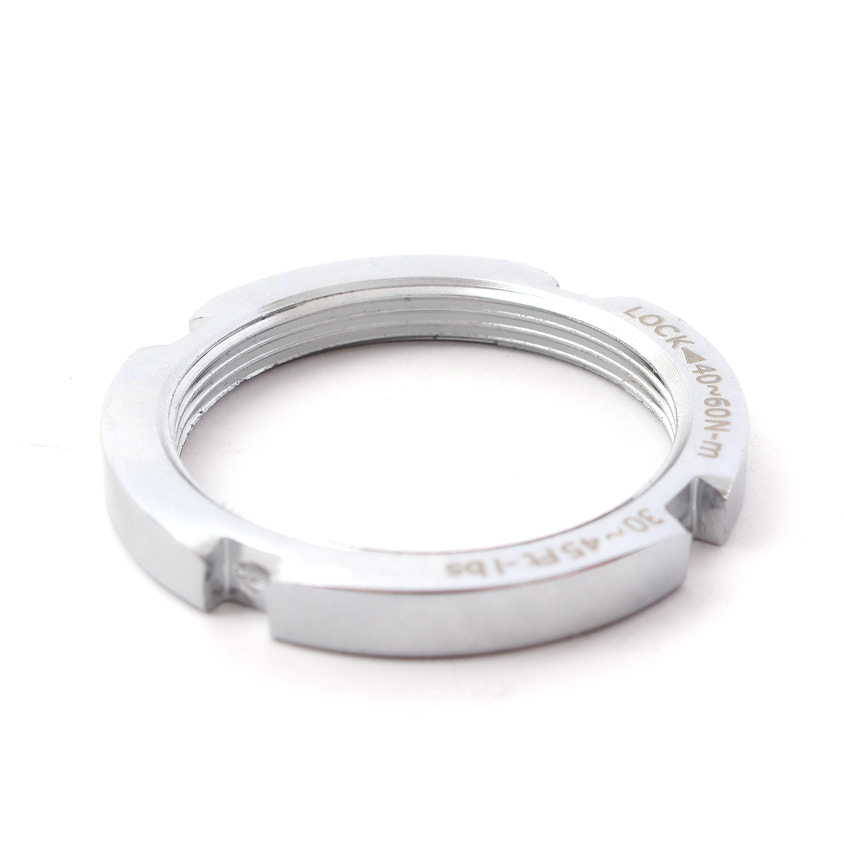
Very friendly and very helpful. I contacted them via email and received a prompt response with good advice and a purchase recommendation. I'd be happy to come back.